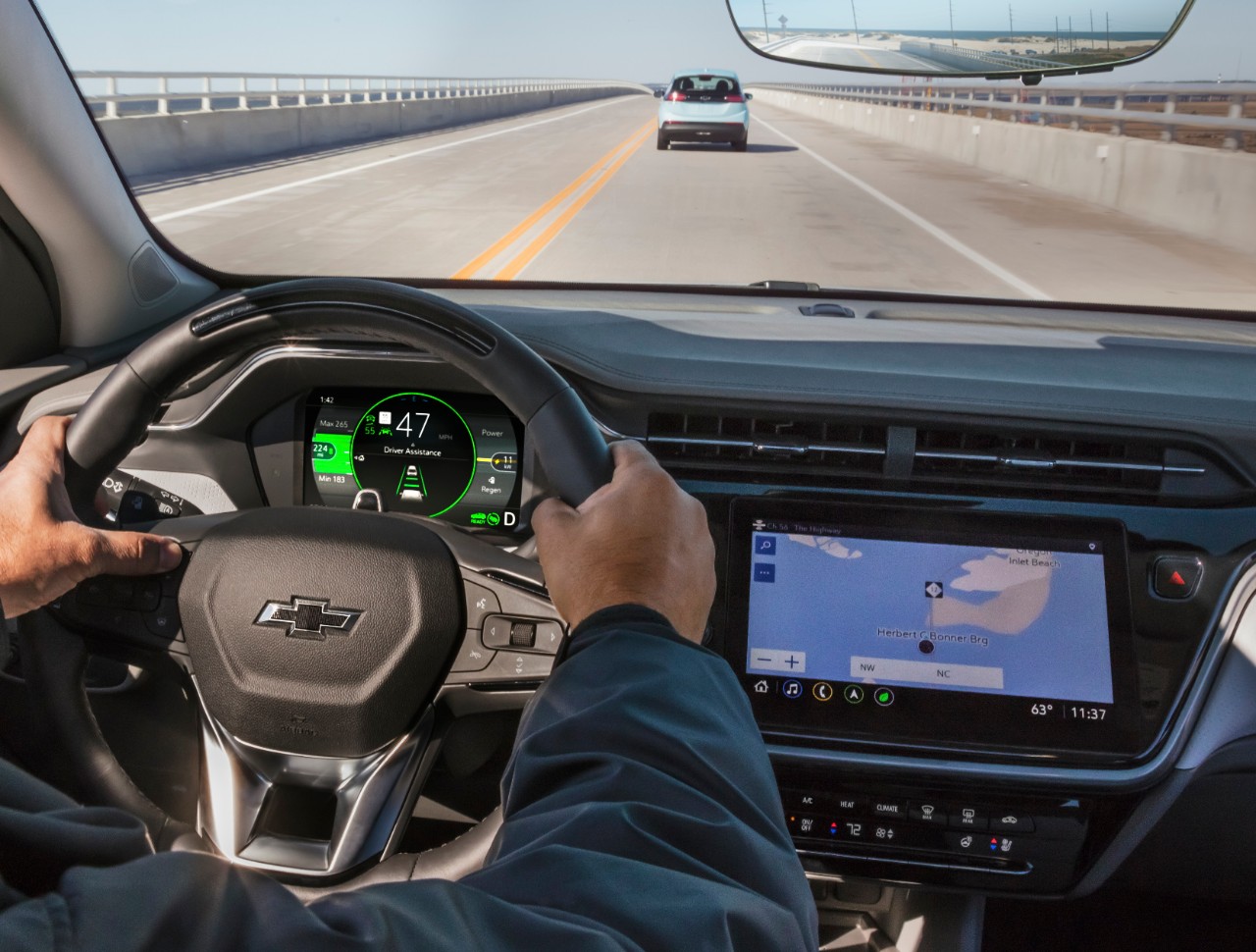Red Hat will supply General Motors with its In-Vehicle Operating System to use as a “safety certified” Linux base for GM’s Ultifi software platform, the firms announced today.
GM will start a “phased rollout” of Ultifi in 2023, to which IBM-owned Red Hat will contribute – but the platform will move to the Red Hat In-Vehicle Operating System (IVOS) at a later date.
“Ultifi will initially launch in 2023 and receive regular platform updates providing more features and system capabilities over time. When the safe Linux is ready for deployment after Ultifi’s initial launch, all capable vehicles will be able to have their systems updated over the air,” a GM spokesperson told The Stack.
Red Hat announced last April it was working with product certification firm Exida to gain ISO 26262 certification, which sets the standard for in-vehicle electronic systems, for its automotive OS. The company said it expects to gain the certification - which is continuously assessed - in 2023.
"The need for accelerated innovation of software-centric in-vehicle architectures has made open source, Linux-based platforms and cloud-native development even more pivotal parts of the automotive value chain. The need for accelerated innovation of software-centric in-vehicle architectures has made open source, Linux-based platforms and cloud-native development even more pivotal parts of the automotive value chain," said Francis Chow, VP and general manager for In-Vehicle Operating System and Edge at Red Hat, in a press release.
Chow noted Red Hat was looking beyond GM at the automotive sector in general: "By extending Red Hat Enterprise Linux, the world’s leading enterprise Linux platform, to the automotive industry through Red Hat In-Vehicle Operating System, automakers like GM will be able to better adopt rapid innovation on an open and functionally-safe platform."
SDVs to drive revenue
One of the key aims for car-makers in moving to more flexible operating systems such as Linux is the development of the “software-defined vehicle”. In the same way as the hardware and software of PCs and phones has become disaggregated, so to would the physical car and the software which runs on it, allowing continuous updates and improvements – and revenue.
Tesla’s approach to what it misleadingly terms “Full Self Drive” (FSD) is a case in point: while the car maker offered a one-time upgrade for a fee in the past – and still does for some functionality – it now offers FSD for a monthly fee of up to $199.
“As [firmware-over-the-air] technology matures, and hardware becomes commercialised and standardised, the hardware experience differentiation will quickly disappear. OEMs gradually realise that they must exploit software, the new functions software brings, and the new business models to provide consumers with differentiated experience and value,” said a 2021 Deloitte report on software-defined vehicles.
Scott Miller, VP for Software Defined Vehicle and Operating System at GM said in a press release: “General Motors is now a platform company and working with Red Hat is a critical element in advancing our Ultifi software development.
“Incorporating the company’s expertise in open source solutions and enterprise networks will pay dividends as we aim to provide the most developer-friendly software platform in the industry. With Red Hat’s operating system as a core enabler of Ultifi’s capabilities, the opportunity for innovation becomes limitless.”
Red Hat’s IVOS joins several other flavours of automotive Linux, including Tesla’s own version, and Automotive Grade Linux (AGL), a collaboration between car makers such as Toyota, Suzuki, Ford, Volkswagen, Mazda and Mercedes Benz, component maker Denso, and tech firms including AWS, Panasonic and Renesas.
Other automotive firms have repurposed smartphone systems such as BlackBerry QNX, used by BMW, Ford and (for now) General Motors. Honda has used both QNX and Android, via the Android Open Source Project. And Ford will move to Android Automotive OS in the future.
Follow The Stack on LinkedIn
The demands on an automotive software platform are very high, with safety as the highest consideration – given that it controls a speeding lump of metal. Creating real-time operating systems which are robust enough to be suitable for core vehicle functionality remains a challenge.
“Higher levels of automation create significant new hardware and software requirements for vehicles, requiring cutting edge technologies to provide the relevant input, quickly and reliably process input data, and improve the performance of the system over time through integration with the cloud & other autonomous vehicles,” said a report from SDB on software-defined vehicles.
“The operational requirements of higher levels of autonomy mandates the need to move from a strict fail-safe to a more fail-operational strategy: fault detection and reaction needs to be controlled by independent hardware, resulting in unique AV software architecture requirements,” it added.









